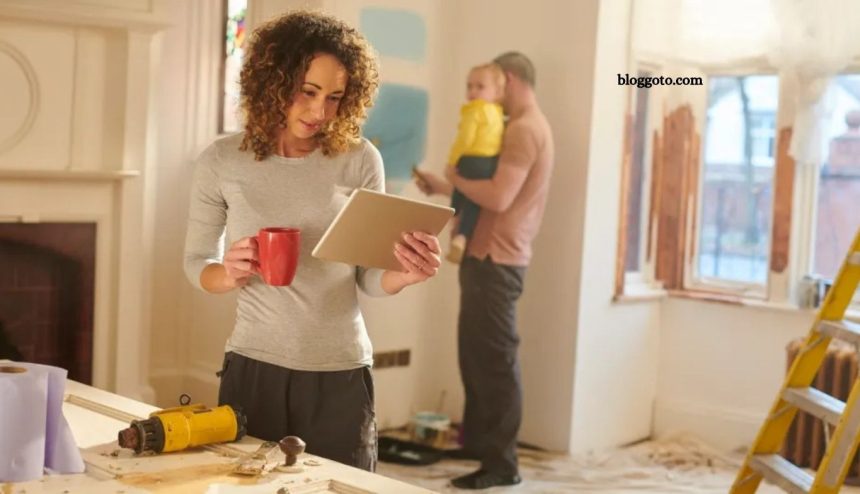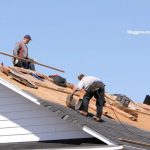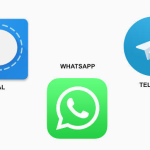Homeownership is a key achievement, but financing repairs and upgrades can be tough. Fortunately, many grants and forgivable loans exist for eligible applicants, often targeting seniors, individuals with disabilities, and low-income families.
While most programs focus on health and safety improvements, some also support home modernization. Each has specific eligibility rules, and even if you don’t qualify, this information can benefit a family member or neighbor.
This guide covers federal, state, and private programs, showing you how to find these grants and assess your eligibility.
USDA Single Family Housing Repair Loans & Grants
The USDA’s Section 504 Home Repair program supports very-low-income households in repairing, improving, or modernizing their homes. It also offers grants to elderly low-income homeowners for removing health and safety hazards.
Loans under this program can reach up to \$40,000, providing vital funding for major repairs. Grants up to \$10,000 are also available and don’t require repayment. In some cases, applicants can combine both for up to \$50,000 in total assistance. Eligibility depends on living in an approved rural area and meeting other program criteria.
Read More: 10 Effective Financing Solutions to Afford Your New Roof
FHA Title I Home and Property Improvement Loan Program
The Federal Housing Administration (FHA) offers the Title I Home and Property Improvement Loan program, enabling homeowners to finance repairs, improvements, and energy conservation projects.
These FHA-insured loans are provided by private lenders with federal backing, ensuring favorable terms. Homeowners can borrow up to $25,000 for single-family homes, covering both minor and major renovations. Unlike the USDA program, this loan is available to homeowners in urban areas as well.
VA Home Improvement and Structural Alterations Grant
The Department of Veterans Affairs (VA) provides the Home Improvement and Structural Alterations (HISA) grant to assist veterans with disabilities. This program supports veterans by funding essential home modifications that improve accessibility and daily living.
Examples of eligible improvements include installing ramps, converting tubs to showers, and modifying kitchens or driveways to enhance mobility and independence.
State Programs
Across the U.S., state programs offer home repair and improvement assistance to help residents maintain safe, livable homes. These programs often focus on low-income families, seniors, and people with disabilities, providing grants, loans, and other financial aid.
For example, Oregon’s Weatherization Assistance Program (WAP) helps low-income households reduce energy costs. An agency conducts a home energy audit to identify improvements like insulation upgrades and furnace repairs, boosting energy efficiency. Explore our guide for more ways to fund home energy improvements.
City Programs
Many cities provide home repair and modification services tailored to local residents. Letitia Brown, Austin’s Housing Division Manager, explains, “The City of Austin Housing Department offers several home repair programs for income-eligible residents, helping them maintain and stay in their homes.” These programs address specific community needs and support homeowners with essential repairs.
Private Organizations
If government programs don’t fit your needs, private organizations often offer home improvement grants and loans to fill the gaps. These initiatives typically support underserved groups or specific populations.
For instance, Rebuilding Together’s Safe at Home program provides no-cost home modifications for older adults and people with disabilities. Improvements like elevated toilets, better lighting, stair railings, and grab bars enhance safety and accessibility, helping individuals age in place and avoid costly assisted living.
Frequently Asked Questions
What types of home improvements qualify for grants or forgivable loans?
Typically, improvements that address health, safety, accessibility, and energy efficiency qualify. Some programs also support modernization projects.
Who is eligible for home improvement grants and forgivable loans?
Eligibility often targets low-income families, seniors, people with disabilities, and veterans, but criteria vary by program.
Can I apply for multiple grants or loans simultaneously?
In some cases, yes. For example, USDA programs may allow combining loans and grants for a higher total amount.
Are these grants and loans available in urban areas?
Many programs, like the FHA Title I loan, serve urban homeowners, while others, like USDA loans, focus on rural areas.
Do forgivable loans have to be repaid?
Forgivable loans typically don’t require repayment if the homeowner meets program conditions, such as living in the home for a set period.
How do I apply for these programs?
Applications usually go through federal, state, or local agencies, or authorized private organizations. Check specific program websites for details.
Are there income limits to qualify for assistance?
Most programs have income thresholds based on household size and local median income to target aid to those who need it most.
Conclusion
Accessing grants and forgivable home improvement loans can make a significant difference in maintaining and upgrading your home, especially for seniors, low-income families, and individuals with disabilities. By exploring federal, state, city, and private programs, you can find tailored financial support to meet your needs.











